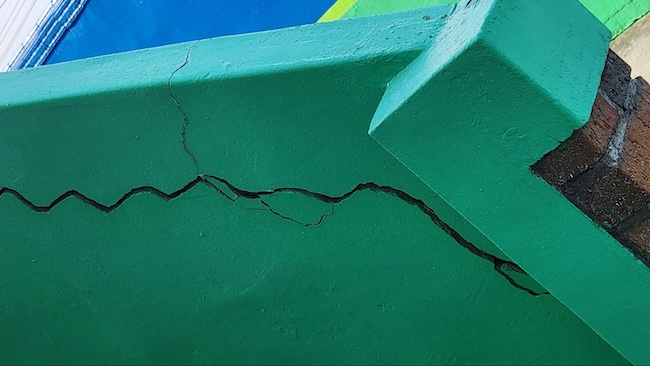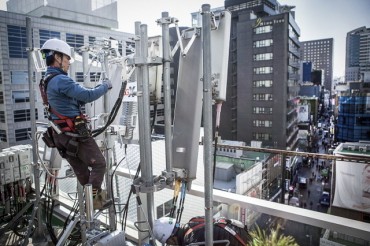
A 4.8-magnitude earthquake struck North Jeolla Province on the morning of June 12. (Image courtesy of Yonhap)
SEOUL, Jun. 13 (Korea Bizwire) – The 4.8-magnitude earthquake that struck North Jeolla Province on the morning of June 12 served as a jarring reminder that the Korean Peninsula is not impervious to significant seismic risks, despite being located in a less active zone than neighboring Japan.
While far outpacing South Korea in frequency, with an annual average of 114.5 quakes at magnitude 5.0 or higher from 2000-2022 compared to just 0.3 for South Korea, experts caution that the peninsula remains vulnerable to potentially devastating tremors.
Since 1999, when digital monitoring began, South Korea has averaged around 70 “perceptible” earthquakes yearly, excluding minor tremors below magnitude 2.0. Most barely register above that threshold, making Wednesday’s relatively robust 4.8 quake a rare occurrence.
In fact, since 1978, only 28 quakes of magnitude 4.5 or higher have struck the peninsula and surrounding waters, with just 13 of those on land.
Yet the historic paucity of major quakes does not preclude their future likelihood, especially after the 2011 Tohoku earthquake nudged the peninsula 3 centimeters eastward and weakened its underlying strata, increasing seismic activity.
“The Tohoku quake created stress imbalances that initially spiked quake numbers, though decreased more recently as that stress transfers deeper, causing more quakes originating from greater depths,” explained Hong Tae-kyung, a professor of earth system sciences at Yonsei University.
Assessments indicate the Korean peninsula could experience a maximum 6.5 to 7.0 magnitude quake, over 60 times more powerful than the 5.8 tremor that struck Gyeongju in 2016, the strongest on record.
A recent study by researchers at the Korea Institute of Geoscience and Mineral Resources found evidence that multiple faults along the major Yangsan Fault system ruptured simultaneously in the past, potentially generating a 6.4 magnitude quake. An event of that scale would release energy equivalent to detonating one megaton of TNT, over 30 times more powerful than the Nagasaki atomic bomb.
The fundamental challenge is the lack of comprehensive data mapping the peninsula’s fault lines, the primary triggers of major quakes. Wednesday’s disruption, where tectonic plates slipped horizontally along a fault plane, occurred in an area with limited documented fault information.
“Surface faults are known in the area, but whether they connect to the 8-kilometer depth where this quake originated remains uncertain,” Hong said.
With potential for magnitude 7.0 tremors, Wednesday’s quake, while stronger than usual for the region, exemplifies an ever-present risk that could manifest with little warning, as it did in North Jeolla, an area that had never previously recorded a 4.0 or higher quake.
“The biggest concern is our lack of knowledge about the fault that ruptured,” said Park Eunjin, a senior researcher at the Korea Institute of Geoscience and Mineral Resources. “South Korea has long perceived itself immune to major quakes, leaving research in this area lacking.”
In fact, comprehensive fault mapping efforts only began after the 2016 Gyeongju quake, with the first of four regional phases completed just recently in the southeast. Subsequent phases covering the capital region, central areas, and finally Gangwon Province will continue through 2036 before a national database is finalized.
“Precise quake prediction is impossible, making minimizing damage and enhancing preparedness through expanded research all the more vital,” Park stressed.
M. H. Lee (mhlee@koreabizwire.com)







